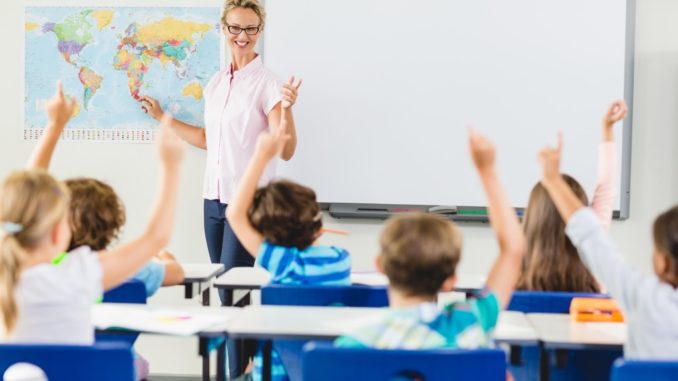
 Malala Yousafzai once said that it only takes a book, a pen, a child, and a teacher to change the world. Terrorists attempted to assassinate her due to her efforts, but she survived. She was only 15 at that time. At 17, she was awarded the Nobel Peace Prize and she continues to fight for the right to an education.
Malala Yousafzai once said that it only takes a book, a pen, a child, and a teacher to change the world. Terrorists attempted to assassinate her due to her efforts, but she survived. She was only 15 at that time. At 17, she was awarded the Nobel Peace Prize and she continues to fight for the right to an education.
That education as a basic right for all human beings cannot be undermined. If there was one example of an activist for education, Malala is that person. In different countries all over the world, education is still difficult to achieve, with students having to endure classes standing up or hold classes under a tree in the absence of classrooms and school chairs.
So what makes a good school? In developed nations, getting an education is not something you’d have to fight for—it is provided by the government for free. All the modern amenities have been provided—comfortable tables and chairs, audio-visual aids, books, and others.
Here are some of the characteristics a school should have:
Clarity of Focus
Each school should make it known to everybody—students, teachers, and administrator—what their vision is. Achieving this vision is not the task of just one person, but the whole school. Focus and vision must emanate from shared beliefs and values in order to create a common direction for everyone.
Set Standards and Expectations
Nothing short of high standards and expectations must be set for students, teachers, and staff. In cases where some students may find it difficult to reach those standards, there must be a concerted effort from the school to provide extra assistance. Standards are set for the development of the whole institution, not a prize for a few.
Effective Leadership
If change is to occur, the school’s leadership must be effective. Effective leadership entails a proactive and constructive approach. First, the instructional program should be geared towards achieving scholastic development that is reasonably attainable. Second, school leadership should realize that creating a culture that is conducive to learning is crucial to attaining their vision. Leadership should come from the principal and cascaded down to the rest of the teachers and administrators.
Collaboration and Communication-Centered
Efforts must be concerted at all times, regardless of the project and the people involved. There must never be a hint of divisiveness among the teachers and administrators, as this will foster an image of non-cooperation, and children are quick to pick on that. Students often emulate what they see from authority figures.
Monitoring Must Be Regular
Assessments must be conducted regularly when it comes to teaching methods, research procedures, and student’s well-being. If found ineffective, adjustments must be made immediately and accordingly. Students that require additional instruction should be given special attention in order to help them with their progress.

Continuing Teacher Development
A huge emphasis must be placed on the development of the teaching staff. The most effective and latest teaching methods should be integrated into the school system as this would provide the greatest benefit to the school’s ultimate stakeholders—the students. As student-time in school is limited, it is crucial that the school is constantly looking for better methods to achieve better results.
Quality learning environment
The school must provide a safe, healthy, nurturing, and intellectually stimulating environment for learning. Facilities should be well maintained, there must be well-appointed ergonomic chairs and practical tables. These are key elements because if a school chair is uncomfortable and the tables are extraordinarily simplistic, effective learning will be hampered. Students respond to a classroom that is welcoming with furniture specially designed to make their classroom stay as comfortable as possible.
Finally, there must be a sense within the school that they are one family and one community. Teachers must not separate themselves from the students on any issue. In addition, learning does not only happen in school; therefore, families must also reinforce the learnings from the school.
